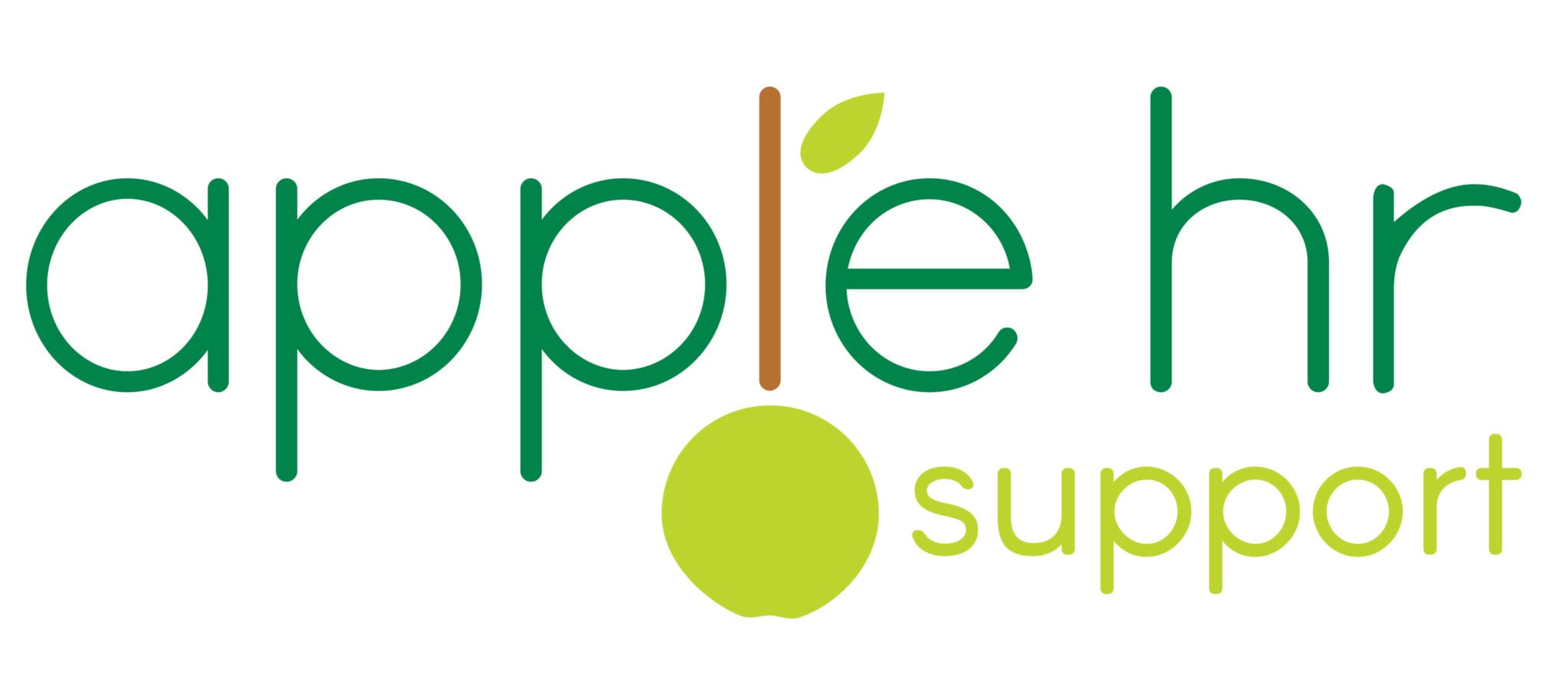Flexible working can be a key consideration for employees.
Is your culture conducive to flexible working?
How would your employees rate your business’ flexibility?
I am often asked how to manage business requirements successfully with the flexible working requirements of employees?
Flexible working was originally seen as a mechanism for women to manage work and childcare.
However as more families are reliant on dual incomes this is no longer something that concerns only women. All employees have the right to request flexible working, not just parents and carers.
So what could flexible working look like? It can cover a multitude of situations. Here are some examples:
Flexi time- allows employees to choose when to begin and end work within certain limits
Part- time – contractual hours are less than full time
Term time – work during school term time only, taking unpaid leave during the school holidays
Compressed hours – full time hours compressed into a shorter number of days
Task orientated working time
Output focussed working time
Some of the benefits of flexible working can include:
Improving work life balance
Reducing stress and pressure employees may feel
Reduces sickness absence
Reduces cost of office space – hot desking/working from home
There is a strong link between employee engagement, productivity and flexible working.
How do you manage a request for flexible working? Formally? Informally?
Do you feel you are treating everyone fairly in the way you manage requests?
It helps to have transparency around flexibility options when recruiting.
Effectively communicating and implementing a flexible working process is likely to be simpler than dealing with requests on a case by case basis when approached by employees.
This then allows you to establish a clear process which is helpful to both the business and employees. If employees have visibility of the process this has already helped to manage their expectations. In turn this gives you the opportunity to take control and future proof your business.

